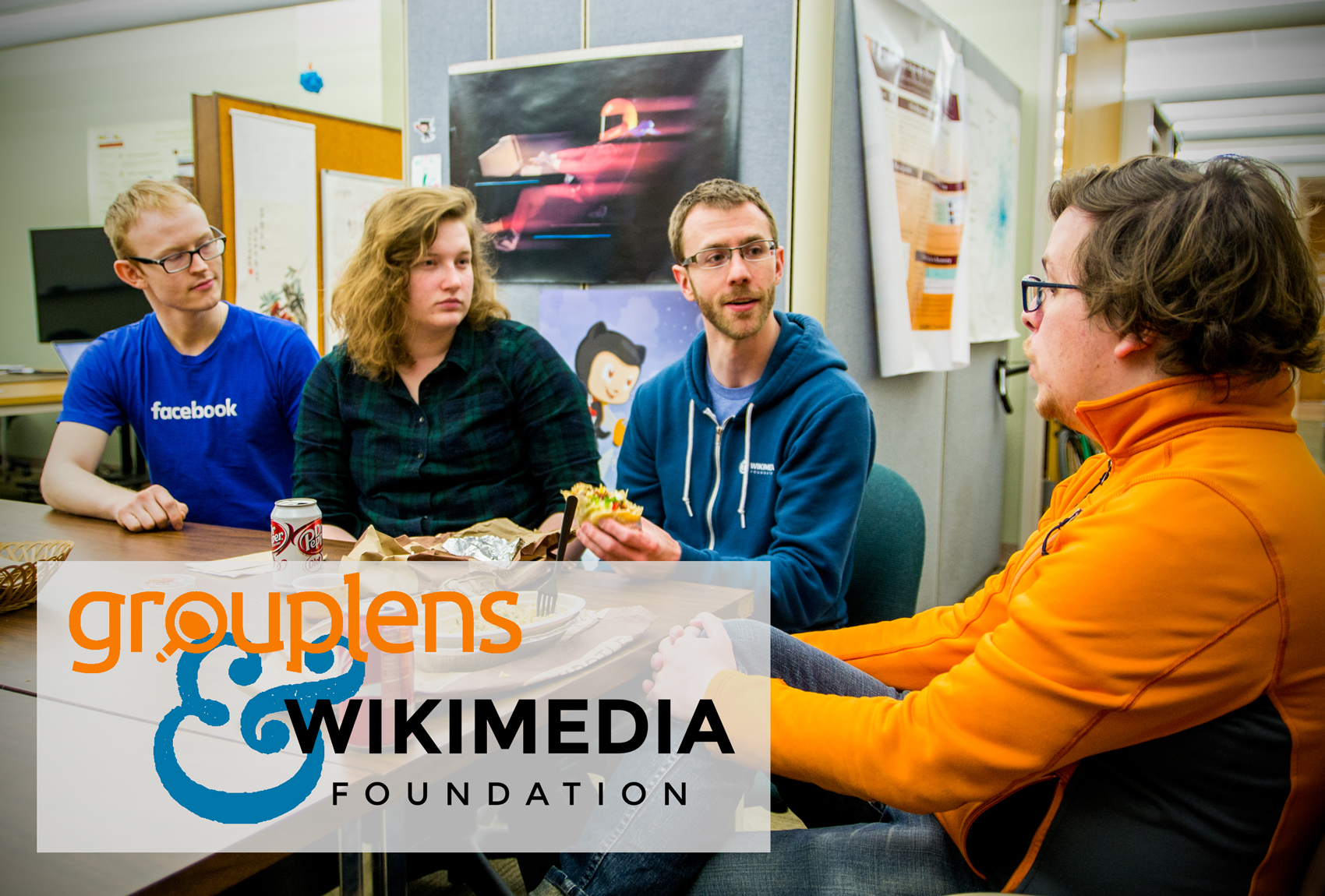
Happiness is a practice. People can achieve happiness by applying specific skills to their interaction with the world. These skills include gratitude (reflecting on and expressing thankfulness for positive aspects of one’s life), mindfulness (practicing awareness and acceptance of the present moment), and problem solving (reflecting on thoughts and feelings to find alternative interpretations and solutions). About 44% of school in the U.S. include programs that teach such social and emotional skills to children (e.g., Penn Resiliency Program), and a number of investigations have demonstrated the effectiveness of these approaches. However, one of the challenges faced by school-based programs is that they provide few (if any) opportunities for children to extend the practice of these skills to their lives outside of the classroom. Technology may help address this gap by providing engaging opportunities to revisit happiness practices outside of the classroom and integrate them into the everyday lives of children.
Prof. Stephen Schueller (Clinical Psychologist, Northwestern University) and I partnered to consider and design new technologies to support children in practicing gratitude, mindfulness, and problem solving skills. While Stephen has a great deal of expertise in positive psychology and I know a fair bit about designing technology for children, we also wanted to make sure that our approach represented children’s voices, priorities, and values. We collaborated with the Y.O.U. (Youth & Opportunity United) summer program to train twelve children in becoming “Happiness Inventors.” Through fourteen 90-minute sessions, we worked with the children to understand their definitions of happiness, to teach them age-appropriate gratitude, mindfulness, and problem solving exercises, and to provide them with the knowledge and structure to become inventors of new technologies to help kids practice happiness skills. Through these session, children brainstormed over 400 ideas and developed many of these ideas as sketches, prototypes, and videos. The video the children made documenting a few of their outcomes is below.
(more…)


